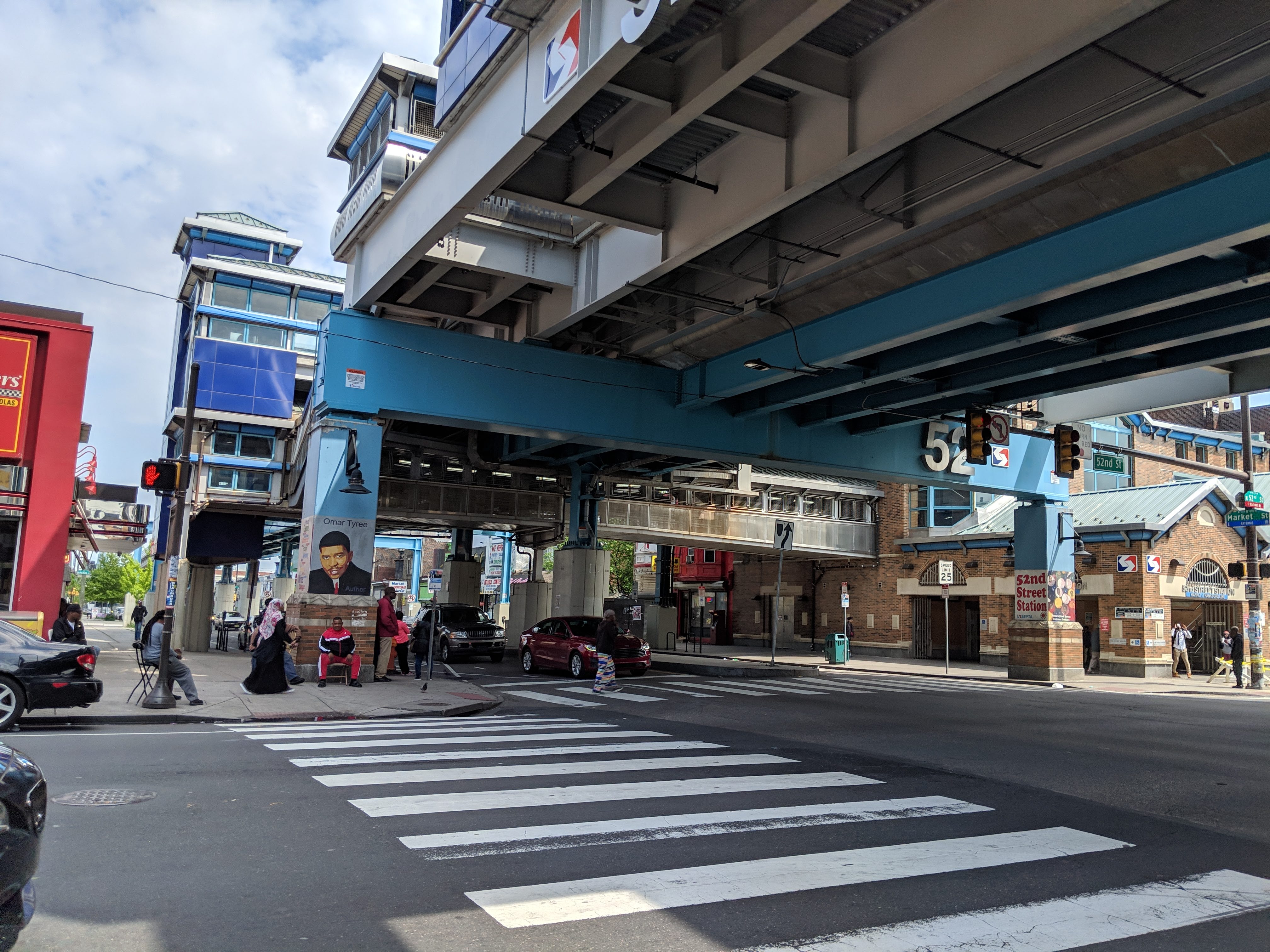Building Better: Connecting Opportunity Zones to Urban Infrastructure
By Patrick Sabol and Bruce Katz
May 15, 2019

Full Report: Building Better [PDF]
Opportunity Zones (OZs), a tax incentive created through the Tax Cuts and Jobs Act of 2017, were not specifically designed to tackle America’s many infrastructure challenges. However, the flexible nature of the program and cities’ broad ability to regulate and guide project development present numerous opportunities for cities to increase investment in public buildings, transit, water, energy, freight rail, broadband, roads, and more. To help cities realize the full potential of this unique tax incentive, this brief lays out nine steps that cities can take to use OZs to improve their infrastructure assets:
- Enact strong public private partnership (PPP) authorizing legislation that includes public buildings to help attract new private capitalOZs bring a new type of investor to the community development table.
- Create an empowered and skilled team capable of negotiating PPPs or other innovative infrastructure procurements that serve the public interest.
- Proactively reach out to developers to communicate existing infrastructure policies, particularly on issues like stormwater management, transportation, energy efficiency, and renewable energy
- Craft specific zoning, permitting, and incentive overlays for OZs that incorporate infrastructure improvements
- Assign staff to serve as liaisons between infrastructure asset owners and OZ investors to identify specific opportunities for collaboration
- Work with communities to map specific needs in OZs and be prepared to negotiate community benefit agreements that include infrastructure improvements
- Actively identify, map, and facilitate opportunities for land assembly that include properties owned by utilities, railroads, transit agencies, ports, and other infrastructure asset owners
- Communicate past or planned infrastructure improvements to OZ investors to increase the attractiveness of specific areas by highlighting critical transit routes, grid enhancements, broadband deployments, highway or freight rail access, or other projects
- Actively work to integrate economic development, public utility, environmental, and transportation departments to identify infrastructure needs and opportunities